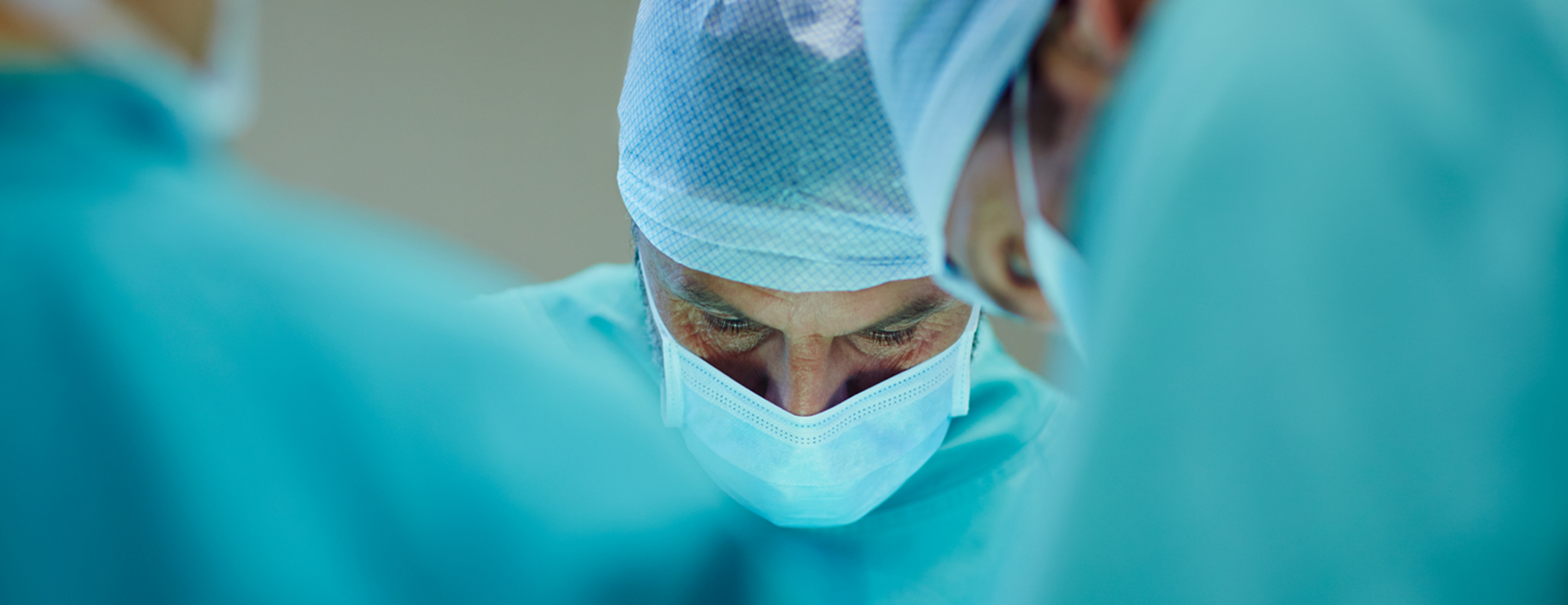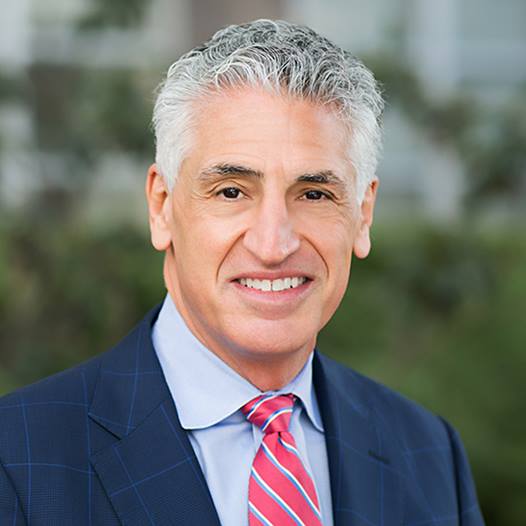If you have an aneurysm, your doctor may recommend conventional "open surgical repair." In open surgery, the aneurysm is exposed through a long incision. The arteries above and below the aneurysm are clamped to prevent bleeding while a tube of fabric is sewn to the ends of the aneurysm.

Conventional Aneurysm Surgery
Preparation
Before surgery, you will meet with your doctor who will take your medical history and conduct a thorough physical exam. You also may have a number of tests to determine the health of your heart, including:
- Electrocardiogram (ECG), which records the electrical activity of the heart.
- Stress test
Additional tests to check your blood vessels, heart, lung and kidney function also may be recommended and include:
- CT scan
- Ultrasound studies
During this time, your doctor will discuss open surgery with you in detail, and answer any questions you may have.
Procedure
During conventional aneurysm surgery, you first will be given anesthesia through a tiny needle placed in the back of your hand, which will put you asleep for the entire procedure. You also may have a small tube placed in your back, called an epidural to administer pain medication after surgery. A long, narrow tube, called a catheter will be inserted into your bladder to drain your urine. An intravenous (IV) drip also will be placed into a vein in your neck for blood pressure measurements and to give you fluids before and after surgery.
Depending on the type and location of your aneurysm, your surgeon will make an incision either through the breastbone, side of the chest or abdomen. Your doctor will then repair the weakened aorta by replacing the aneurysm section with a tube made from a durable material, called Dacron. The graft is stronger than the weakened aorta and allows blood to pass through it without causing a bulge. It is sewn in place with permanent stitches.
Some patients, especially those with a thoracic aorta aneurysm, also have heart disease. In these cases, heart surgery may be performed at the same time as open aneurysm repair.
Recovery
Immediately after surgery, you will spend the first few days in our intensive care unit (ICU) where you will be closely monitored and cared for by our team of experts. During this time, you will have an intravenous (IV) line to receive fluids and medications. You also may need to remain on a breathing machine for a short time. To help ease your discomfort, you will be given pain medications by injection through the epidural tube in your back, or by a machine that you are able to control by pressing a button.
As you become more stable, you will be transferred from the ICU into a regular recovery room and the various tubes will be removed. You may stay in the hospital for seven to 10 days. It may take several days before you are able to eat or drink, move around and go to the bathroom normally.
Before returning home, your doctor will arrange follow-up visits to check the progress of your recovery. You also will be given specific instructions to follow once you are at home. You will feel tired for many weeks after surgery and most people require two to three months to recover completely.
Complications
Like all surgeries, open aneurysm repair does have some potential complications. However, our team carefully assesses and monitors your condition before and after surgery to minimize your risk of complications. Possible minor complications may include:
- Chest infection
- Wound infection
- Graft infection
- Fluid leak from wound
- Bowel problems – Occasionally the bowel takes time to return to its normal function. You will be given fluids through an IV drip until your bowels get back to normal.
- Impotence – This occurs in about 10 percent of male patients
More serious complications, although rare, may include:
- Heart attack
- Stroke
- Kidney failure
- Loss of circulation in the legs or bowel
UCSF Health medical specialists have reviewed this information. It is for educational purposes only and is not intended to replace the advice of your doctor or other health care provider. We encourage you to discuss any questions or concerns you may have with your provider.









